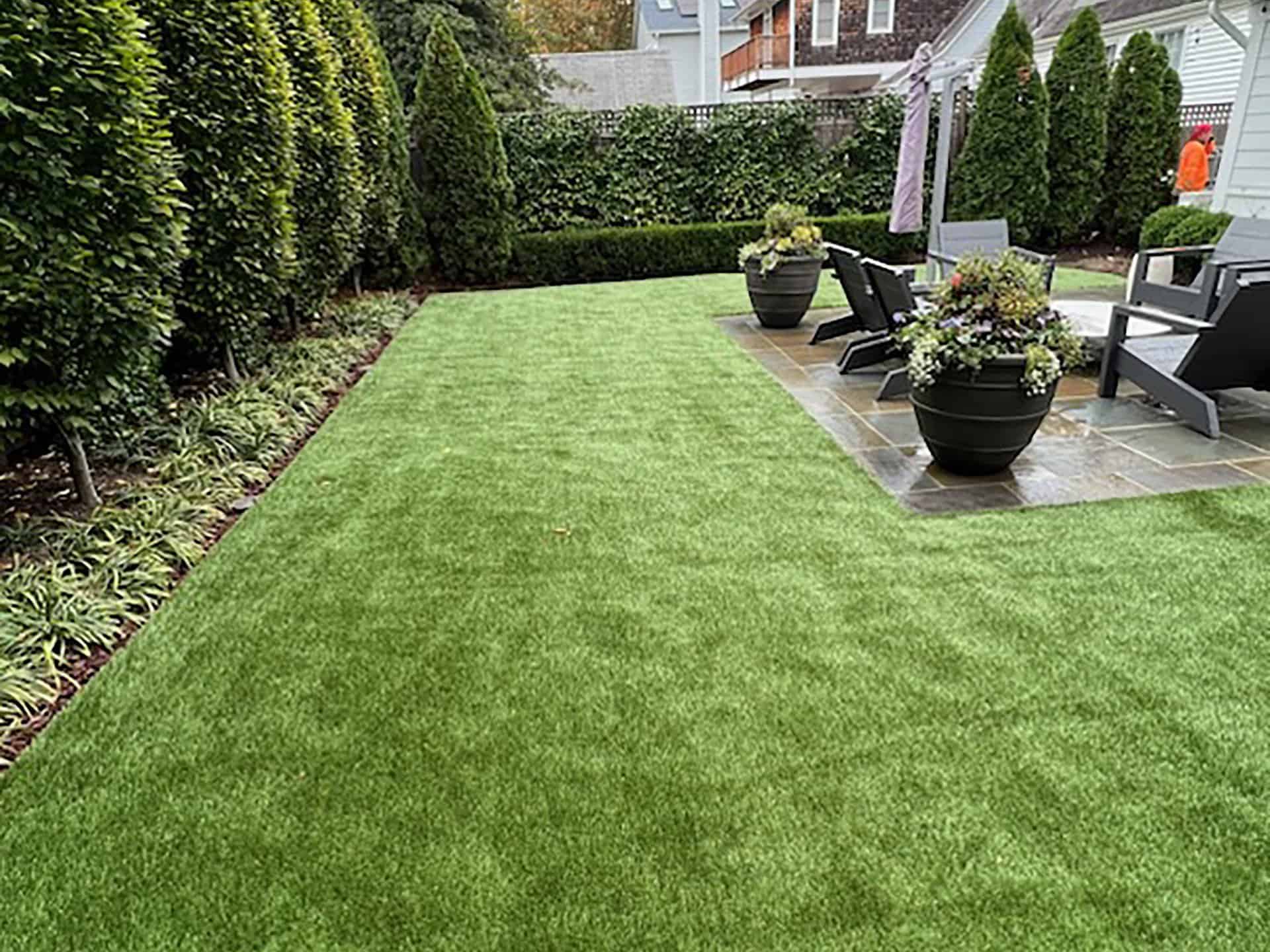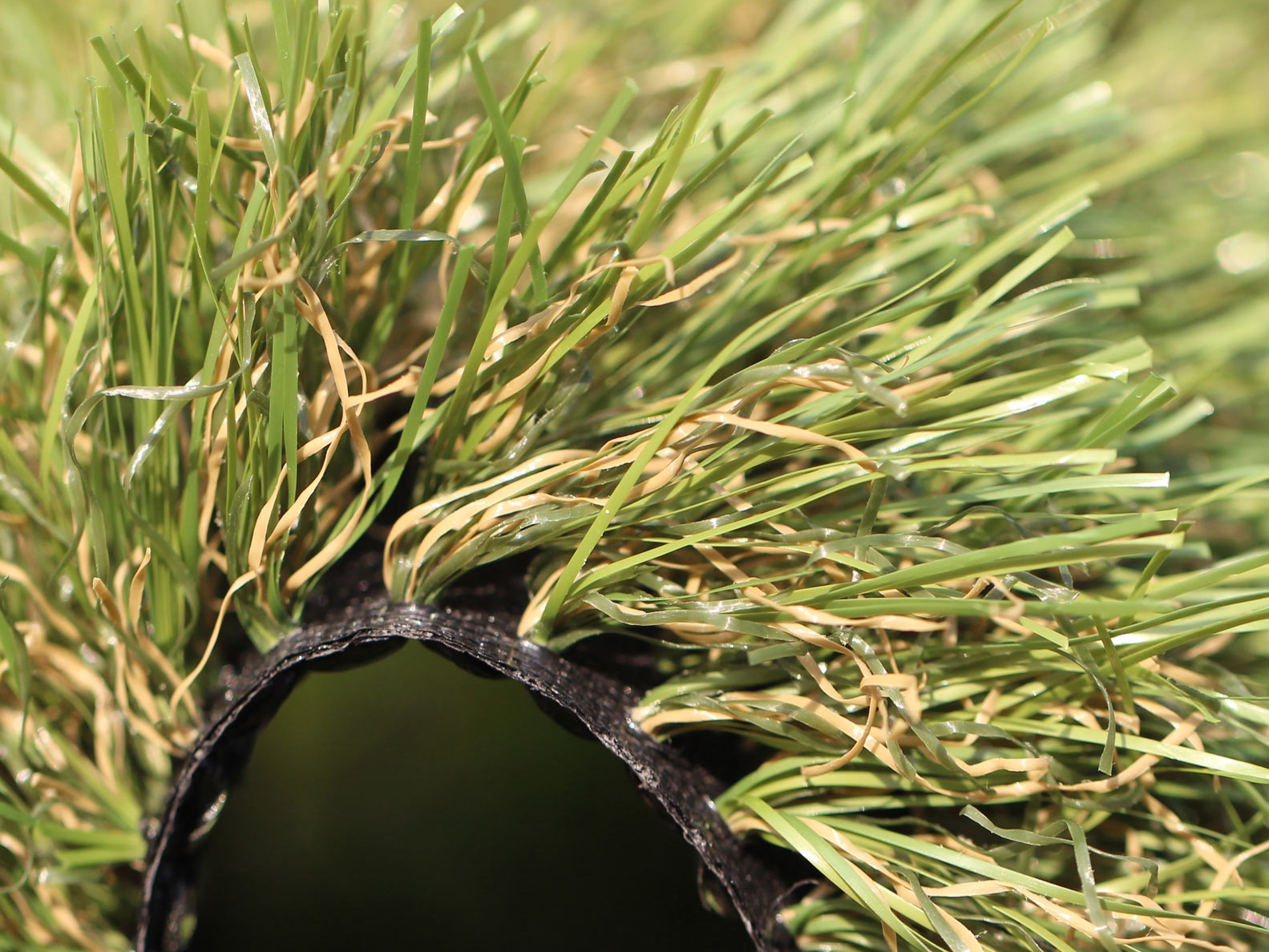Upgrade Your Yard with Professional Turf Installation Phoenix AZ Solutions
Upgrade Your Yard with Professional Turf Installation Phoenix AZ Solutions
Blog Article
Look Into the Environmental Perks of Opting for Artificial Grass Solutions
The adoption of artificial grass services provides a compelling chance to attend to pushing ecological challenges. By substantially reducing water usage and reducing the application of dangerous chemicals, these choices not just promote lasting landscape design but likewise shield neighborhood environments.
Water Conservation Advantages
One of the most considerable benefits of synthetic lawn is its capacity to save water. Traditional grass lawns need considerable irrigation, particularly in locations prone to drought or water limitations. On the other hand, artificial grass does not require watering, dramatically lowering the general demand for water resources. This attribute is specifically valuable in deserts where water shortage is a pushing concern.
By getting rid of the demand for routine watering, synthetic grass adds to sustainable landscape techniques and helps alleviate the environmental effect of excessive water usage. Additionally, the conservation of water reaches the decrease of runoff, which can result in dirt disintegration and waterway pollution.
Additionally, the installation of synthetic grass enables homeowners and communities to allot water resources extra efficiently, concentrating on necessary uses such as drinking water and agriculture. The change in the direction of synthetic grass not only promotes responsible water usage but likewise lines up with more comprehensive ecological goals targeted at preserving natural deposits.
As communities progressively focus on sustainability, the water preservation advantages of synthetic grass provide an engaging situation for its adoption in residential and commercial landscaping projects.
Lowered Chemical Use
The shift to synthetic grass substantially reduces the reliance on chemical treatments typically used in natural grass maintenance. Traditional lawn monitoring generally involves the application of plant foods, pesticides, and herbicides to advertise development and control bugs. These chemicals can present threats to human health and wellness, regional wildlife, and the atmosphere, adding to dirt and water contamination.
In comparison, artificial turf eliminates the need for these harmful substances. Once mounted, it calls for minimal maintenance, primarily including routine cleaning and seldom infill replenishment. This reduction in chemical usage not just benefits the prompt atmosphere yet likewise adds to more comprehensive environmental security. By lessening the launch of artificial substances right into the community, artificial turf advertises healthier dirt and water supply.
Additionally, the absence of chemical overflow related to synthetic lawn installations assists shield regional rivers from pollution, supporting marine life and keeping biodiversity. Phoenix turf companies. As areas increasingly focus on lasting practices, selecting synthetic grass presents a practical option that straightens with ecological conservation goals. With this change, homeowner can appreciate lush eco-friendly areas without endangering eco-friendly wellness, leading the way for a more sustainable future
Lower Carbon Footprint

Moreover, the installation of synthetic lawn can result in substantial water preservation. All-natural grass require considerable amounts of water for irrigation, which not only contributes to the carbon impact linked with water removal and therapy but also stress regional water resources. In comparison, synthetic grass needs minimal upkeep, requiring no watering, thereby considerably decreasing water usage and its associated energy costs.
Additionally, the longevity of artificial turf contributes to its reduced carbon impact. With a lifespan of up to 15 years or even more, the demand for constant substitutes is lessened, causing much less waste and reduced power intake in production and throwing away standard lawn choices. Overall, synthetic grass presents a lasting alternative for eco aware landscape design.
Habitat Preservation
Habitat preservation is a crucial factor to consider in the discussion over landscape design options, particularly when contrasting fabricated grass to natural grass. All-natural lawn lawns frequently call for considerable maintenance, consisting of the usage of plant foods, pesticides, and herbicides, which can detrimentally impact neighborhood ecological communities. These chemicals can leach right into the soil and rivers, harming indigenous flora and fauna and interfering with local habitats.
Artificial turf removes the demand for harmful chemicals, thereby safeguarding close-by wildlife and maintaining the integrity of surrounding communities. The installation of synthetic turf can lead to the additional reading conversion of former grass locations right into even more biodiverse landscapes, such as pollinator gardens or native plant locations, which can support local wild animals.
Ultimately, the transition to synthetic grass not only conserves water and lowers upkeep initiatives however likewise fosters a more unified connection between human activities and the natural surroundings, advertising habitat preservation while doing so.
Long-Term Sustainability
Lasting sustainability is a crucial factor in reviewing the benefits of synthetic turf over typical yard lawns. One of one of the most substantial advantages of synthetic turf is its durability; it can last approximately 15-20 years with very little maintenance, whereas all-natural lawn requires constant reseeding and replacement. This longevity minimizes the requirement for constant resources, such as water, plant foods, and pesticides, which are important for maintaining a healthy grass lawn.
Additionally, synthetic grass adds to a decrease in carbon exhausts related to grass treatment tools. Typical lawns usually need gas-powered lawn mowers, trimmers, and blowers, every one of which add to air contamination. Artificial turf companies phoenix. On the other hand, man-made turf removes the need for such devices, promoting a cleaner atmosphere
Moreover, the manufacturing of synthetic grass increasingly utilizes recycled materials, enhancing its sustainability profile. As producers adopt eco-friendly techniques, the ecological footprint of synthetic grass continues to decrease.

Verdict
The fostering of synthetic lawn remedies presents significant environmental advantages, consisting of considerable water conservation, lowered dependence on dangerous chemicals, and a lower carbon impact. Artificial grass help in protecting all-natural habitats by decreasing land disturbance and advertising lasting sustainability through the usage of sturdy materials. Jointly, these factors underscore the potential of artificial grass to add positively to environmental wellness and offer a feasible choice to conventional landscape design techniques in an increasingly resource-conscious world.
In comparison, fabricated turf does not need watering, substantially lowering the overall demand for water resources. By lessening the launch of synthetic compounds right into the ecological community, artificial grass promotes much healthier soil and water systems.
Furthermore, the installment of synthetic lawn can result in significant water conservation. In comparison, synthetic grass needs very little upkeep, site web requiring no watering, thus dramatically lowering water usage and its associated energy costs.

Report this page